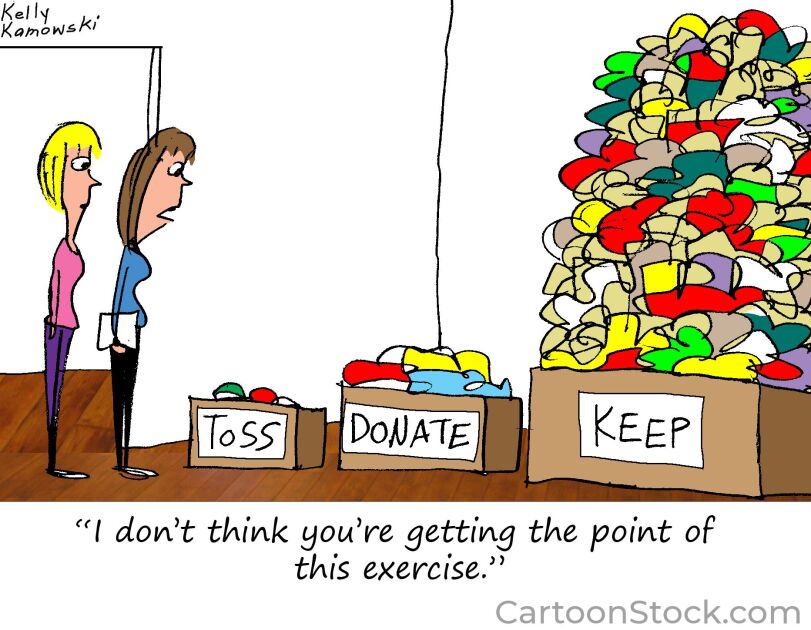Here Today, Gone Tomorrow
Teachers and administrators have worried for years about the increasing frequency with which urban students move in and out of their neighborhood schools. A new study suggests there is good reason to worry: In schools with high mobility rates, the pace of instruction slows for all students, not just the ones who are moving. David Kerbow, a researcher at the University of Chicago, surveyed 13,000 6th graders in Chicago, a district with notoriously high student mobility. At any given time in an average Chicago elementary school, only half the students have been enrolled for three years. Not surprisingly, Kerbow found that the more often elementary students move, the further they fall behind academically. By 6th grade, students who have changed schools four or more times are about a year behind those who have had more stable school careers. But Kerbow also found that in schools with high turnover, the pace of instruction for all children slows after 1st grade as teachers take time to review material for new students. By 5th grade, the researcher says, these schools are a full year behind those with more stable enrollments. Kerbow reported his findings in the June issue of the Journal of Education for Students Placed at Risk. “Without a certain level of [student] stability,” he writes, “it is unclear how school-based educational programs, no matter how innovative, could successfully develop and show long-term impact.”
Technologically Incorrect
A number of recent studies have heralded the fact that there is now, on average, one computer for every 10 students in the nation’s schools. What the studies don’t always say, however, is how many of those machines can run up-to-date software and link students to the Internet. Quality Education Data, a private, Denver-based research firm, analyzed data on 84,850 public schools in 14,200 school districts hoping to answer that very question. Although the 1-10 ratio is technically correct, the firm found many of the computers in schools are not multimedia units that can run CD-ROM applications or connect students to the World Wide Web. Indeed, the ratio of multimedia computers to students, the study concludes, is actually 1-to-35. “So what you have is older machines in schools than you do in business,” says Jeanne Hayes, QED’s president. “The difference is significant. When we talk about competitiveness worldwide and student access to current technology, including the Internet, a multimedia computer is the tool that students need.”
Formula For Success
Why do children of the same academic ability perform differently in school? Seeking clues, Marianne Miserandino, a researcher at Beaver College in Glenside, Pennsylvania, studied 77 3rd and 4th graders who scored above the median on the Stanford Achievement Test. Her findings, published in the June issue of the Journal of Educational Psychology, suggest that students who are more successful in school believe in their ability to do well and want to learn more. The children in the study who exhibited those traits were more curious and enjoyed school tasks more than the others, Miserandino says. “Those children who were uncertain of their ability and motivated by external reasons,” she reports, “lost interest in school, didn’t partake in as many activities, felt angry, anxious, and bored, and suffered a decline in their academic performance.” Why were some of the children’s perceptions of their abilities at odds with their test scores? In part, Miserandino believes, it has to do with the expectations of teachers and peers. “Having ability or potential is not enough to enjoy success in school or in life,” says the psychologist. “Talent and potential will be wasted unless children believe they possess ability and have the freedom to use it.”








